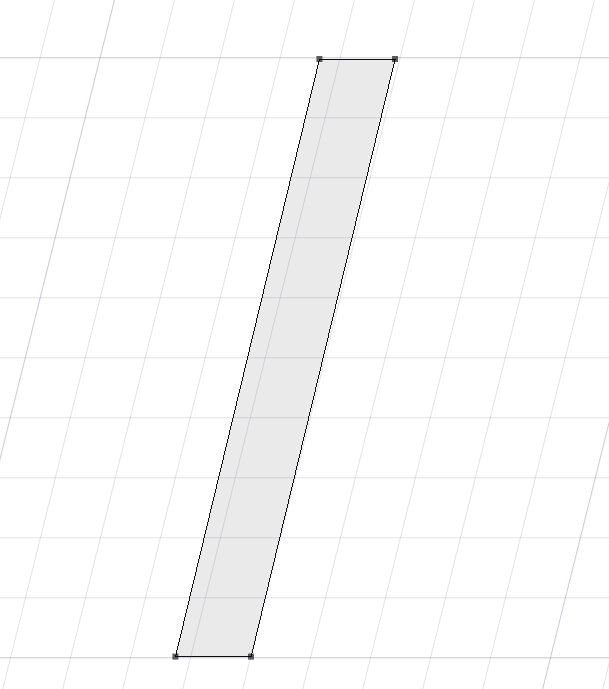

- #Fontlab going forward in history install
- #Fontlab going forward in history software
- #Fontlab going forward in history trial
So the JSON will look something like this: In FontLab 7, all axis instances are orthogonal - the same value is used at the min and the max end. Paste the JSON representation of the axes into a text editor such as Atom or Sublime Text.Turn on Preferences > Editing > Copy FontLab JSON data as plain text.
#Fontlab going forward in history trial
(You can download a 30-day fully-functional trial from FontLab’s website). Read the FontLab 7 documentation chapters Variations and Working withįont Variations to understand design space, axes, axis instances, and instances. The axesmatrix file is a JSON file with a syntax very similar to the syntax used in FontLab 7. The calculate_instances commandline tool takes the axesmatrix JSON file as input, and outputs the instances JSON file. The ShowMeInstances GUI app lets you open an axesmatrix JSON file, shows it in the left pane, in the middle visualizes it, and in the right pane shows the instances JSON.
#Fontlab going forward in history install
So, this tool does.ĭownload and install Swift 5 Runtime Support for Command Line Tools - you’ll need it to run the calculate_instances commandline app. But it's possible to find common point of each dimension hyperbolic paraboloids. Sometimes they do, but in most cases don't. Second, lines in more then two dimensions doesn't like to cross each other. First, each axis has 2^(n-1) edges, where n is equal to number of dimensions. For two dimensions it's easy: it's just a point, where lines cross.įore more than two dimensions it bacame a little more complicated. But what with restof instances? Which coordinates will be for NarrowBold? We need to set values for Narrow style at Width axis, separate for Light and Black edge and values for Weight axis, separate for Condensed and Extended edges. Let's say that generated instance ThinCondensed sholud be wider, BlackCondensed a little bit lighter, ThinExtended darker, and BlackExtedned not so wide and lighter. Two dimensional font has four masters: ThinCondensed, BlackCondensed, ThinExtended and BlackExtended. There are two ways to deal with problem: to redesign masters or set their coordiantes in nice-looking places.īut in this second approach setting coordinates for particular styles are became a bit harder: there are not anymore coordinates but. BlackCondensed could be to wide to pair with ThinCondensed or BlackCondesed could have different ”blackness” than BlackExtended. If you design or developing font in MM or VariableFont technology, sometimes happened that particular Masters does not fit to each other - i.e.

#Fontlab going forward in history software
If you know what MultipleMaster or Variable Font is, it will be much easier to understand what this software does. The apps are tools that can help designers of variable OpenType fonts or of multi-axis font families distort the design space and then calculate the instance locations. Instances Calculator is a set of two apps for macOS:


 0 kommentar(er)
0 kommentar(er)
